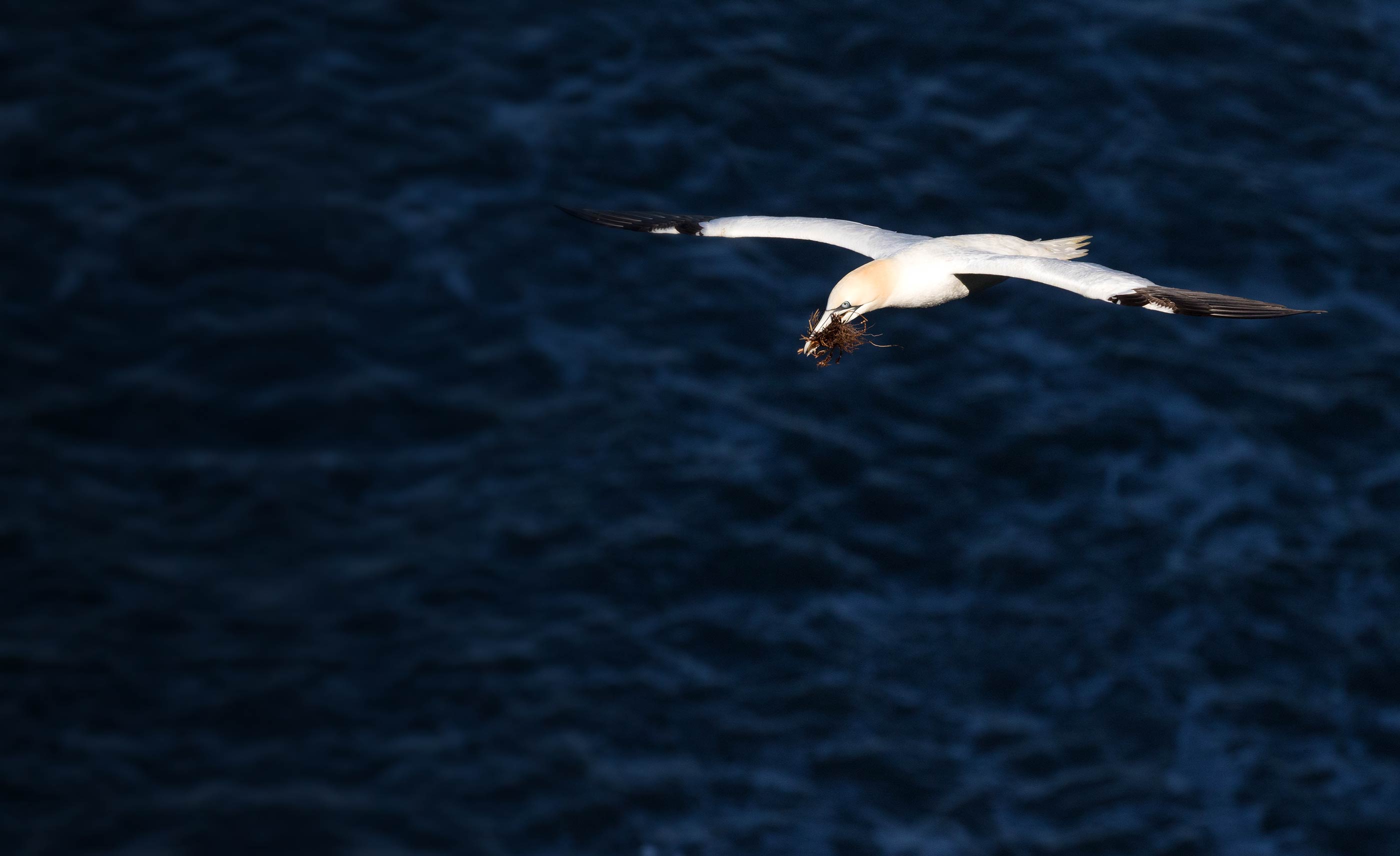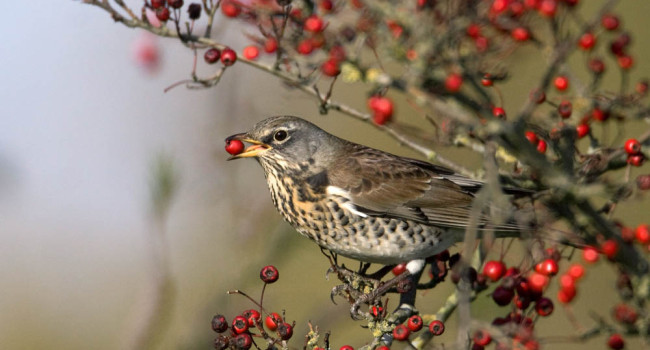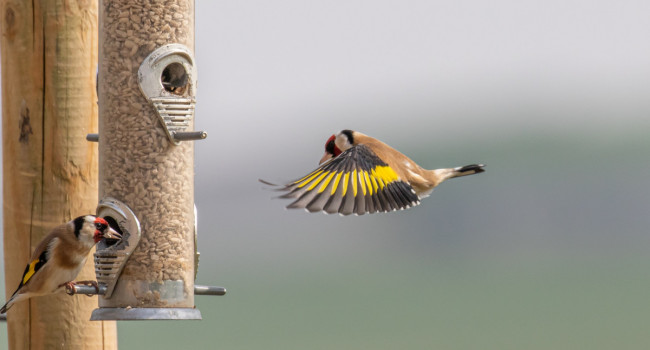Cross-species feeding
There can be few more intriguing sights than to observe one species of bird feeding a nestling or fledgling of another species. Why do parent birds do this? Is it a waste of energy? Can the parent not recognise their own young? A review paper by Marilyn Shy has explored this topic, revealing which species are most often observed involved in this behaviour and possible reasons why.
Which bird species are most likely to cross-species feed?
Of the birds that you are likely to see in your garden, House Sparrow, Wren, Robin, Blue Tit, Great Tit, Starling, Blackbird and Nuthatch are amongst those that appear to feed young of a different species most often.
Reports that have come into the Garden Ecology Team over the years have tended to involve Robins. Notable examples include Robins rearing a Great Tit brood (Pete & Ann Truscott, Wiltshire) and a Pied Wagtail fledgling (Mike Wright, Herefordshire).
Recently, Jane Potter, East Sussex, saw a Blackbird feeding a young Jay (pictured) in their garden – an observation made even more remarkable by the fact that Jays are predators of Blackbird eggs and young!
When does cross-species feeding happen?
A number of situations have been proposed in which cross-species feeding might occur, some of which are not mutually exclusive. Possible situations include:
Mixed clutches of species
In cavity-nesting species, in particular, mixed species broods have been recorded. A Blue Tit, for example, might lay a few eggs in a nest box but then be usurped by a Great Tit. If the Blue Tit eggs are incubated alongside the Great Tit ones, a mixed-species brood can hatch, with both species being reared by the Great Tit parents.
Nest failure
After the failure of a nest, some adult birds sometimes appear ‘programmed’ to carry on feeding youngsters. A bereaved pair of Robins have been observed feeding Song Thrushes, for example, while Spotted Flycatchers have been seen feeding Blackbirds.
Close nesting of another species
When different species breed in close proximity to each other they occasionally seem to get their wires crossed, feeding each other’s young. It could be that the sound of begging young nearby acts as a stimulus. This stimulus could also be important when young are provisioned by a different species outside of a nest.
Orphaned birds
The loud begging of hungry, orphaned young might be a particularly strong stimulus to nearby parent birds. There is one account of a male Robin successfully rearing a brood of Blackbirds which had lost both parents. Coming to the aid of an orphaned brood, however, appears to be very rare.
What is the root cause of cross-species feeding in birds?
Cross-species feeding is a difficult phenomenon to explain. The parent does not benefit in the same way that it would if the young bird were related. Indeed, in the process of feeding the young of another species, it might spend less time caring for its own young. It is conceivable that such behaviour might help a bird to develop its parenting skills for the future, although there is no evidence that this is the case.
More likely is that this is an unwanted consequence of an otherwise beneficial behaviour. Under normal circumstances, it is probably best for parent birds to simply go hell-for-leather feeding their young, and not to ‘think’ too much about what they are doing. Since they end up feeding the young of another species so rarely, and because this behaviour does not necessarily incur a heavy cost for the parent bird involved, it is less likely that this unwanted behaviour will be removed through natural selection.
Finally, it is worth noting that being fed by a bird of a different species might not always be good news for the recipient. The youngster might not develop all of the social skills that it needs to interact successfully with others of its kind (e.g. to find a mate). Such problems are probably more likely the longer the period of cross-species care.







Share this page